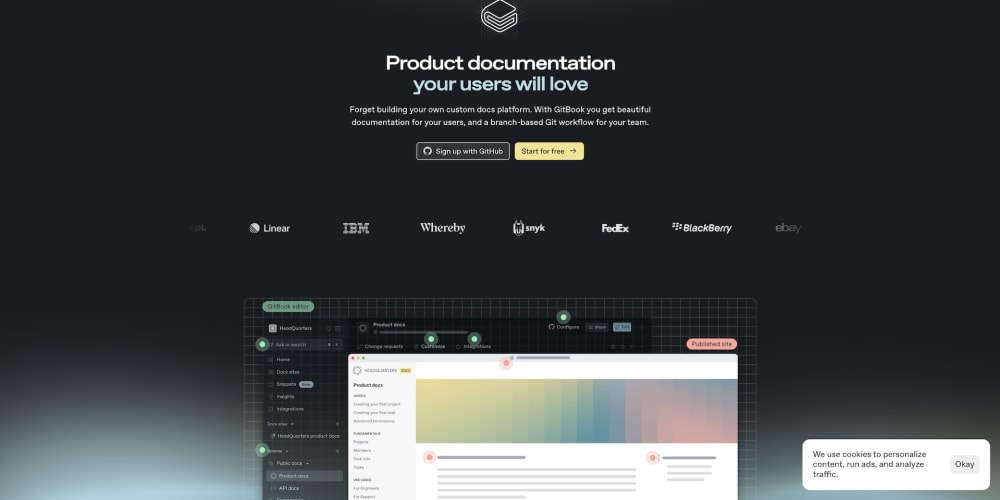<!DOCTYPE html>
Introduction to Serverless Backend
<br> body {<br> font-family: Arial, sans-serif;<br> line-height: 1.6;<br> margin: 0;<br> padding: 0;<br> }<br> h1, h2, h3 {<br> text-align: center;<br> }<br> img {<br> display: block;<br> margin: 20px auto;<br> max-width: 100%;<br> }<br> pre {<br> background-color: #eee;<br> padding: 10px;<br> margin: 10px 0;<br> overflow-x: auto;<br> }<br>
Introduction to Serverless Backend
What is Serverless Backend?
Serverless backend, also known as Function-as-a-Service (FaaS), is a cloud computing execution model where the cloud provider manages the servers and infrastructure needed to run your code. Instead of managing your own servers, you write and deploy individual functions, known as "serverless functions", that are triggered by events such as API calls, database updates, or file uploads.

Why Choose Serverless?
Serverless backend offers several advantages over traditional server-based architectures:
-
Cost-Effectiveness
: You only pay for the resources used when your functions are actively running, eliminating the need to pay for idle servers. -
Scalability
: Serverless platforms automatically scale your functions based on demand, ensuring your applications can handle spikes in traffic without performance degradation. -
Simplicity
: Serverless removes the complexities of server management, allowing developers to focus on building application logic. -
Faster Development
: Developers can iterate quickly and deploy updates with minimal overhead, speeding up the development cycle. -
Reduced Operational Overhead
: Serverless platforms handle tasks like security patching, monitoring, and logging, freeing up your team to focus on application development.
Key Concepts
- Serverless Functions
Serverless functions are small, independent units of code that execute in response to events. They are stateless, meaning they don't maintain any data between invocations. Each invocation is treated as a fresh start.
Serverless backend relies heavily on event-driven architectures. Events, such as API calls, database changes, or file uploads, trigger the execution of serverless functions. These events can be internal to your application or external, coming from other services or user interactions.
Major cloud providers offer serverless computing platforms:
- AWS Lambda : Amazon's serverless computing service.
- Google Cloud Functions : Google's serverless platform.
- Azure Functions : Microsoft's serverless computing platform.
Building a Serverless Backend: A Practical Example
Let's illustrate building a serverless backend with a simple example using AWS Lambda and API Gateway. Our example will be a RESTful API that accepts a user's name as input and returns a greeting message.
Step 1: Creating the Lambda Function
We'll start by creating a Node.js Lambda function that takes a name as input and generates a greeting message. Open your AWS Lambda console and create a new function. Select Node.js 16.x as the runtime. In the function code editor, paste the following code:
exports.handler = async (event) => {
const name = event.queryStringParameters.name;
if (!name) {
return {
statusCode: 400,
body: JSON.stringify({ message: 'Name is required.' })
};
}
return {
statusCode: 200,
body: JSON.stringify({ message: Hello, ${name}! })
};
};
Step 2: Configuring API Gateway
Next, we'll create an API Gateway endpoint that will trigger our Lambda function. Go to the AWS API Gateway console and create a new API. Choose REST API and select "New API" for the API name. In the "Actions" menu, select "Create Resource." Name the resource "greetings." Now, select "Actions" and "Create Method." Choose "GET" as the method, and configure the integration type to "Lambda Function" and select the Lambda function we created in Step 1.
Step 3: Deploying and Testing
Once the API Gateway integration is configured, deploy the API. You can now test your serverless API by making a GET request to the generated URL, including the name in the query string. For example: https://your-api-endpoint.amazonaws.com/greetings?name=John.
Best Practices for Serverless Backend
- Use a Serverless Framework : Frameworks like Serverless and AWS SAM simplify the development, deployment, and management of serverless applications.
- Design for Event-Driven Architecture : Break down your application logic into independent functions triggered by events. This promotes modularity and scalability.
- Keep Functions Small and Focused : Each function should have a specific purpose and avoid unnecessary complexity. This improves performance and maintainability.
- Implement Cold Start Optimization : Cold starts occur when a function is invoked for the first time after a period of inactivity. Optimize for cold starts by using pre-warming techniques or reducing function size.
- Monitor and Log Effectively : Use cloud provider monitoring tools to track function performance, identify bottlenecks, and ensure reliability.
- Secure Your Serverless Functions : Implement strong security measures, such as access control, authentication, and encryption, to protect your data and applications.
Conclusion
Serverless backend offers a powerful and flexible approach to building modern applications. Its advantages in cost, scalability, simplicity, and development speed make it an attractive choice for developers and businesses. By embracing serverless best practices, you can build reliable, efficient, and scalable applications that can handle the demands of today's dynamic computing landscape.


















